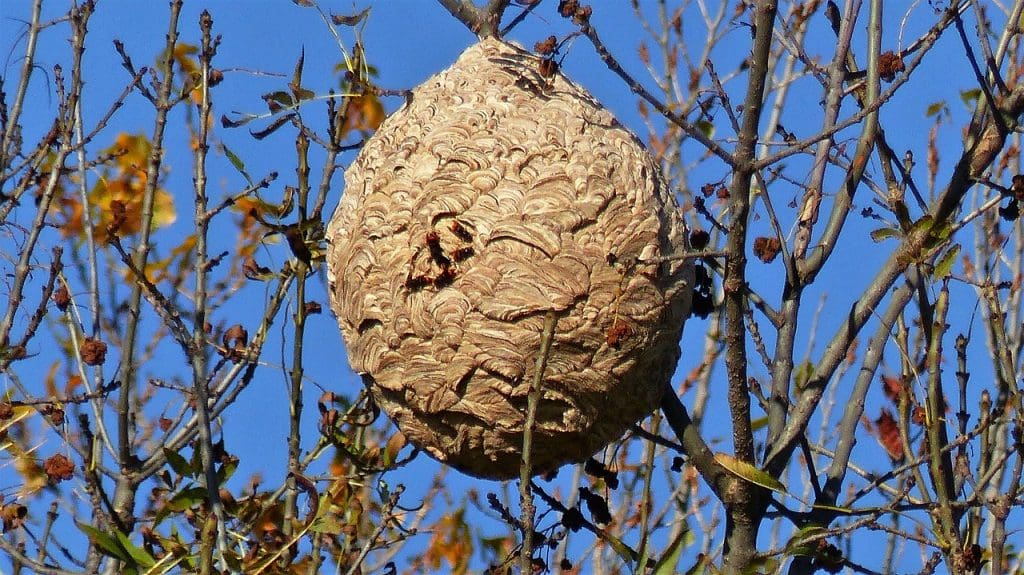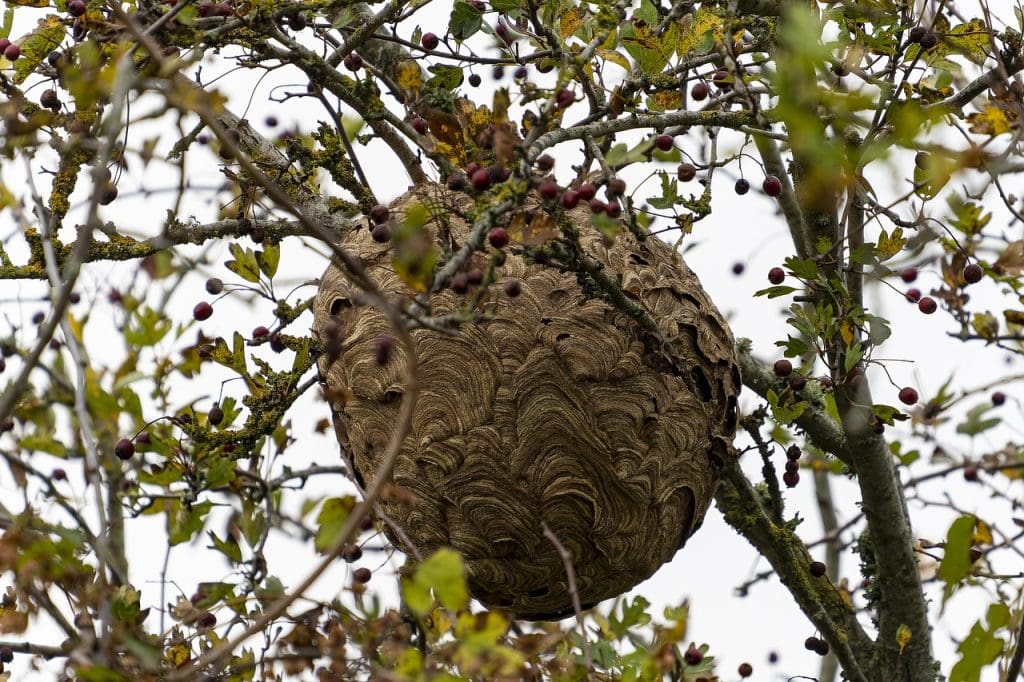In “What Are The Dangers Of Alligator Weed Invading Waterways?” you explore the serious threats posed by this invasive plant to your local ecosystems. Alligator weed, with its rapid growth and aggressive nature, can choke waterways, disrupt aquatic habitats, and outcompete native species. This article will help you understand the environmental and economic impacts, as well as the challenges faced in controlling its spread. Dive in to learn more about why you should be concerned about this invasive threat and what can be done to mitigate its effects.
What Are The Dangers Of Alligator Weed Invading Waterways?
Have you ever wondered what happens when invasive plant species like alligator weed take over our waterways? It can be more problematic than you might think. Understanding the threats posed by alligator weed is crucial for maintaining healthy aquatic ecosystems.

What Is Alligator Weed?
Alligator weed (Alternanthera philoxeroides) is a resilient and fast-growing aquatic plant native to South America. It typically resides in freshwater environments such as rivers, lakes, and marshes, but it’s adaptable enough to thrive in a variety of conditions.
Identification Features
Alligator weed is characterized by its elongated, opposite leaves, and small white flowers that grow in clusters. Its thick mat of intertwined stems can make it difficult to control once it establishes itself.
| Feature | Description |
|---|---|
| Leaves | Elongated, opposite arrangement |
| Flowers | Small, white, clustered inflorescences |
| Growth Habit | Forms dense mats over water or along shorelines |
| Stems | Hollow, allowing plant to float on water surfaces |
How Does Alligator Weed Spread?
Understanding the methods of spread is essential for managing alligator weed effectively. This invasive plant can spread through several means, making it highly adaptable and difficult to control.
Reproduction Methods
Alligator weed reproduces primarily through vegetative propagation, meaning it can grow from fragments of its stems. This makes it particularly adept at spreading, as even a small fragment can lead to a new infestation.
- Stem Fragmentation: Any piece of the stem can establish a new plant.
- Root Fragments: Roots can grow new shoots, which can then develop into mature plants.
- Human Activities: Activities such as boating, fishing, and waterfowl movement can inadvertently transport plant fragments to new locations.
Factors Contributing to Spread
Various factors contribute to the rapid spread of alligator weed:
- Water Currents: Fragments are easily carried by water currents.
- Wildlife: Animals can carry fragments to new areas.
- Human Intervention: Boats and fishing equipment can unknowingly transport fragments.

Environmental Impact
Alligator weed’s invasive nature can result in significant environmental harm, disrupting native ecosystems, and altering water quality.
Competition with Native Species
Alligator weed competes aggressively with native aquatic plants for resources such as light, oxygen, and nutrients. This competition often leads to the decline of native species, which can have a cascading effect on the overall health of the ecosystem.
- Light Deprivation: Dense mats block sunlight from reaching underwater plants.
- Oxygen Reduction: Decomposition of large biomass reduces oxygen levels, affecting aquatic life.
- Nutrient Competition: Outcompetes native plants for essential nutrients.
Alteration of Ecosystem Structure
By changing the physical structure of waterways, alligator weed can significantly alter habitats for fish and other aquatic animals. This can lead to reduced biodiversity and changes in species composition.
- Habitat Loss: Dense mats can smother habitats essential for fish breeding.
- Altered Water Flow: Dense growth can impede water flow, affecting drainage and leading to stagnant areas.
- Reduced Biodiversity: Decreased diversity of plant life impacts the entire food web.
Economic Impact
The economic repercussions of alligator weed infestation are also notable, affecting industries ranging from agriculture to recreation.
Agricultural Effects
Alligator weed can invade irrigation systems, reducing their efficiency and increasing maintenance costs for farmers. Additionally, infested water systems can harm crops and pasture lands by clogging irrigation channels and reducing water availability.
- Irrigation Blockages: Can interrupt water supply to crops.
- Increased Maintenance: Higher costs related to clearing waterways.
- Crop Yield Reduction: Poor water management can affect crop health.
Recreational Impact
Water-based recreational activities such as boating, fishing, and swimming can be severely impacted by alligator weed infestations. Dense mats of the plant make navigation difficult and reduce the aesthetic appeal of waterways.
- Boating Obstacles: Dense growth impedes boat movement.
- Fishing Challenges: Reduced fish populations and tangled lines can frustrate anglers.
- Decreased Aesthetic Value: Murky, plant-filled water deters tourists and locals.

Control Measures
Addressing the invasion of alligator weed requires a multifaceted approach. Understanding and implementing effective control measures is crucial for mitigating its impact.
Mechanical Control
Mechanical control involves the physical removal of alligator weed using various tools and machinery. While effective in the short term, it’s typically labor-intensive and may require frequent repetition.
- Manual Removal: Using hand tools to pull out plants.
- Mechanical Harvesting: Ship-based harvesting machines cut and collect the weed.
- Drawbacks: Labor-intensive and can lead to further spread if fragments are not carefully managed.
Chemical Control
Herbicides can be effective in controlling alligator weed but must be used judiciously to avoid collateral damage to the environment and non-target species.
- Herbicides: Specific chemicals can kill alligator weed but must be applied according to regulations.
- Application Methods: Spraying, injection into plants, or adding to water.
- Environmental Concerns: Potential risks to aquatic life and water quality.
Biological Control
Biological control involves introducing natural predators or pathogens to control alligator weed populations. This method can offer a more sustainable long-term solution but also requires careful monitoring.
- Natural Predators: Insects like the alligator weed flea beetle (Agasicles hygrophila) and moth (Arcola malloi) specifically target alligator weed.
- Pathogens: Certain plant diseases can help manage populations.
- Advantages: Environmentally friendly and sustainable.
- Challenges: Requires time to establish and monitor effectiveness.
Integrated Management
An integrated approach combining mechanical, chemical, and biological controls is often the most effective strategy for managing alligator weed.
- Combined Efforts: Utilizing multiple control methods for greater effectiveness.
- Monitoring: Regular assessment of waterway health and weed levels.
- Adaptability: Flexibility to adjust methods as conditions change.
Prevention Strategies
Preventing the spread of alligator weed is critical to avoiding the significant costs and environmental damage associated with its control.
Public Awareness
Educating the public about the dangers of alligator weed and how to prevent its spread is a key element in effective management.
- Community Engagement: Involving local communities in monitoring and removal efforts.
- Information Campaigns: Providing resources on identifying and reporting infestations.
- Preventive Measures: Educating boaters, anglers, and the general public on cleaning equipment and proper disposal of plant fragments.
Regulatory Measures
Regulations and policies can play a crucial role in controlling the introduction and spread of alligator weed.
- Quarantine Zones: Preventing the movement of infested water and soil between regions.
- Import Controls: Restricting the import of plants that might harbor alligator weed.
- Compliance Monitoring: Ensuring adherence to regulations by industries and individuals.
Early Detection and Rapid Response
Implementing systems for early detection and rapid response can help mitigate the spread before alligator weed establishes itself in new areas.
- Monitoring Programs: Regular surveys of at-risk waterways.
- Rapid Response Teams: Quick mobilization of resources to address new infestations.
- Data Sharing: Collaboration between states and countries to share information on outbreaks and control measures.

Case Studies
Examining real-world examples of alligator weed invasions and the measures taken to control them can offer valuable insights.
New South Wales, Australia
New South Wales has experienced significant issues with alligator weed, requiring a combination of control methods to manage its spread.
- Challenge: Infestation in agricultural areas and waterways.
- Control Measures: Integrated management combining mechanical, chemical, and biological controls.
- Outcome: Improved management but ongoing monitoring required.
Florida, USA
Florida’s warm climate and extensive water systems make it an ideal habitat for alligator weed, necessitating extensive control efforts.
- Challenge: Dense infestations in recreational and residential areas.
- Control Measures: Use of herbicides, mechanical removal, and biological controls.
- Outcome: Successful reduction in infestations, but continuous control needed due to favorable conditions for reinfestation.
Future Directions
The fight against alligator weed is ongoing, and future strategies will need to leverage advances in technology and research.
Technological Innovations
Incorporating new technologies can significantly enhance the effectiveness of control programs.
- Remote Sensing: Utilizing drones and satellite imagery for monitoring.
- Genetic Research: Exploring genetic methods to inhibit growth or make plants more susceptible to control measures.
- Automated Removal: Development of autonomous machines for mechanical removal.
Research and Development
Ongoing research into the ecology of alligator weed and the development of new control methods is essential.
- Ecology Studies: Understanding the plant’s life cycle and ecological interactions.
- New Herbicides: Development of more effective and environmentally safe chemicals.
- Biocontrol Agents: Identifying and testing new biological control agents.

Conclusion
Invasive species like alligator weed pose significant dangers to our waterways, affecting ecosystems, economies, and recreational activities. Understanding the nature, spread, and impact of alligator weed is essential for developing effective control and prevention strategies. By combining mechanical, chemical, biological, and regulatory measures, we can work towards mitigating the dangers posed by this persistent invader. Your awareness and involvement are crucial in this ongoing battle, ensuring that our waterways remain healthy and vibrant for future generations.
